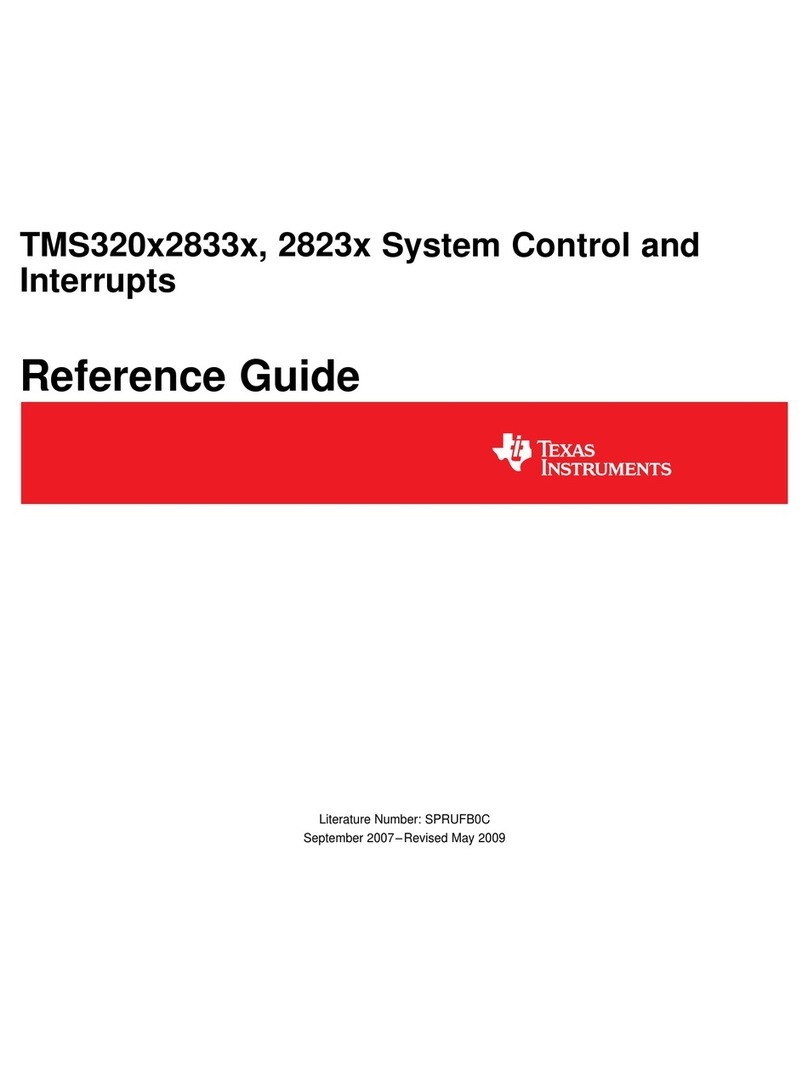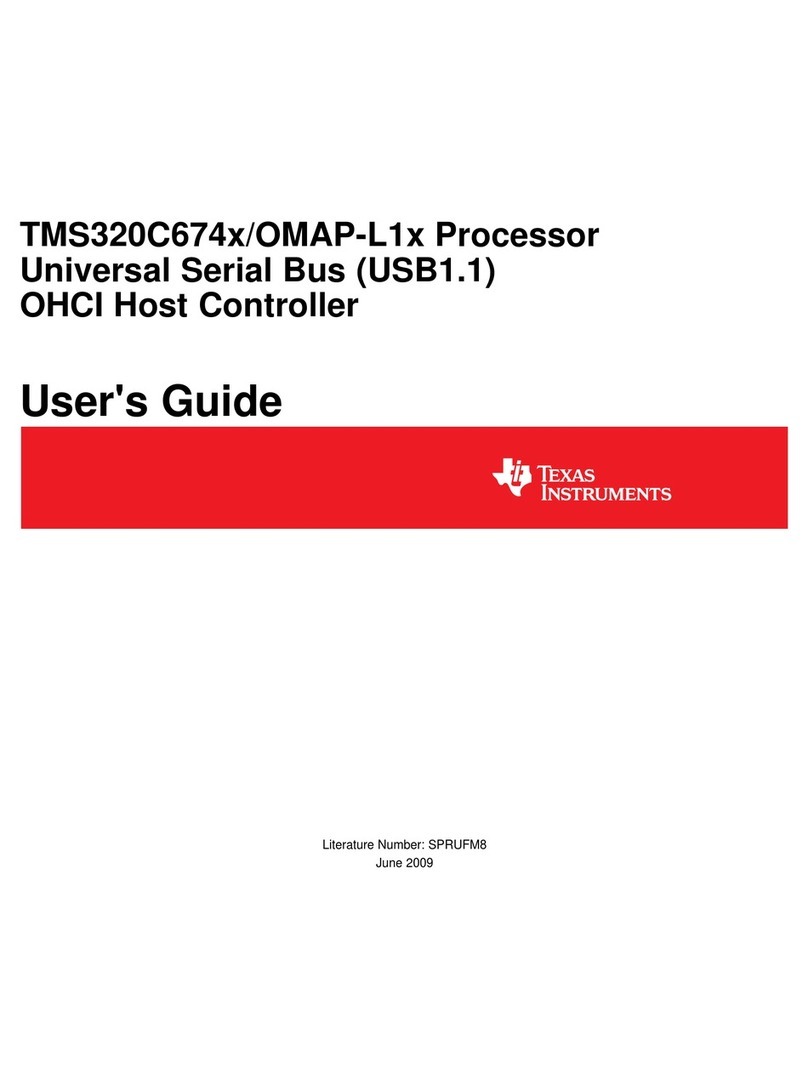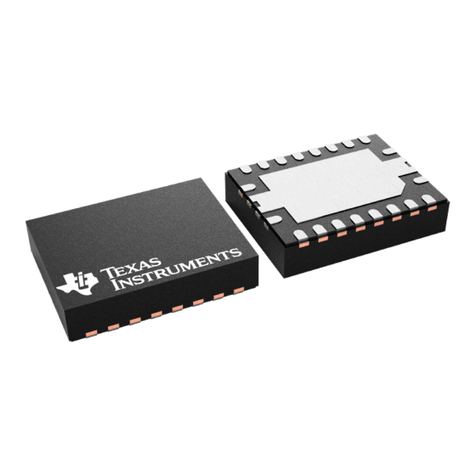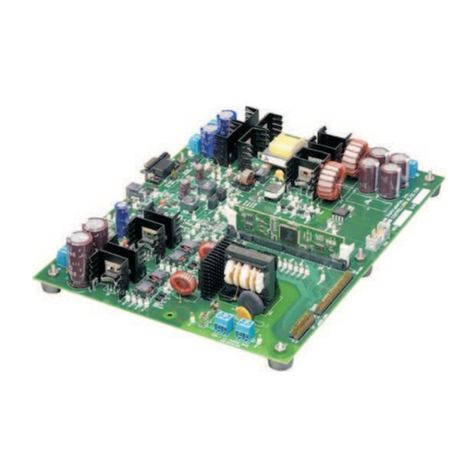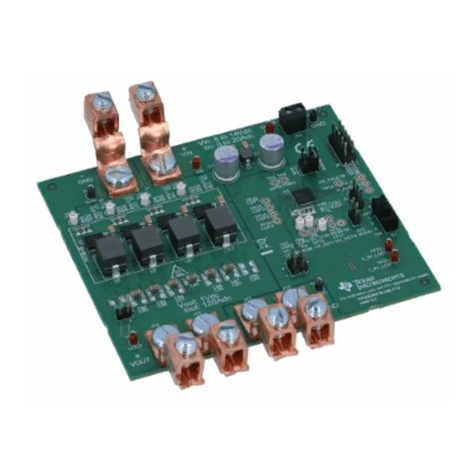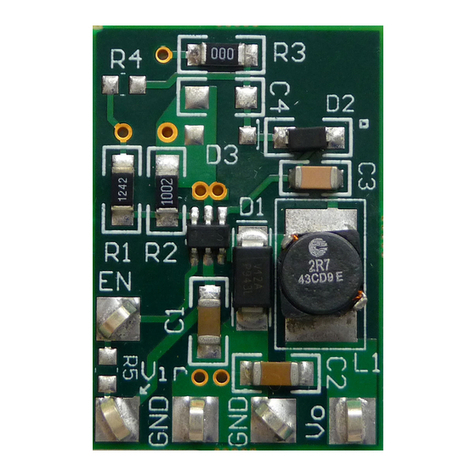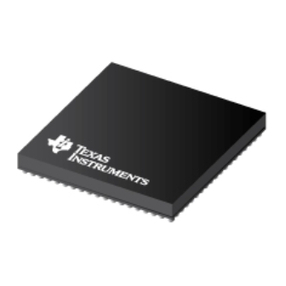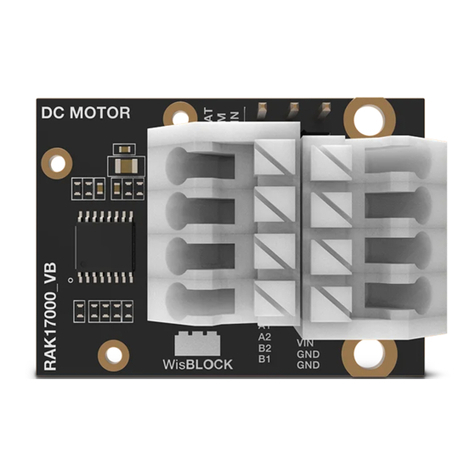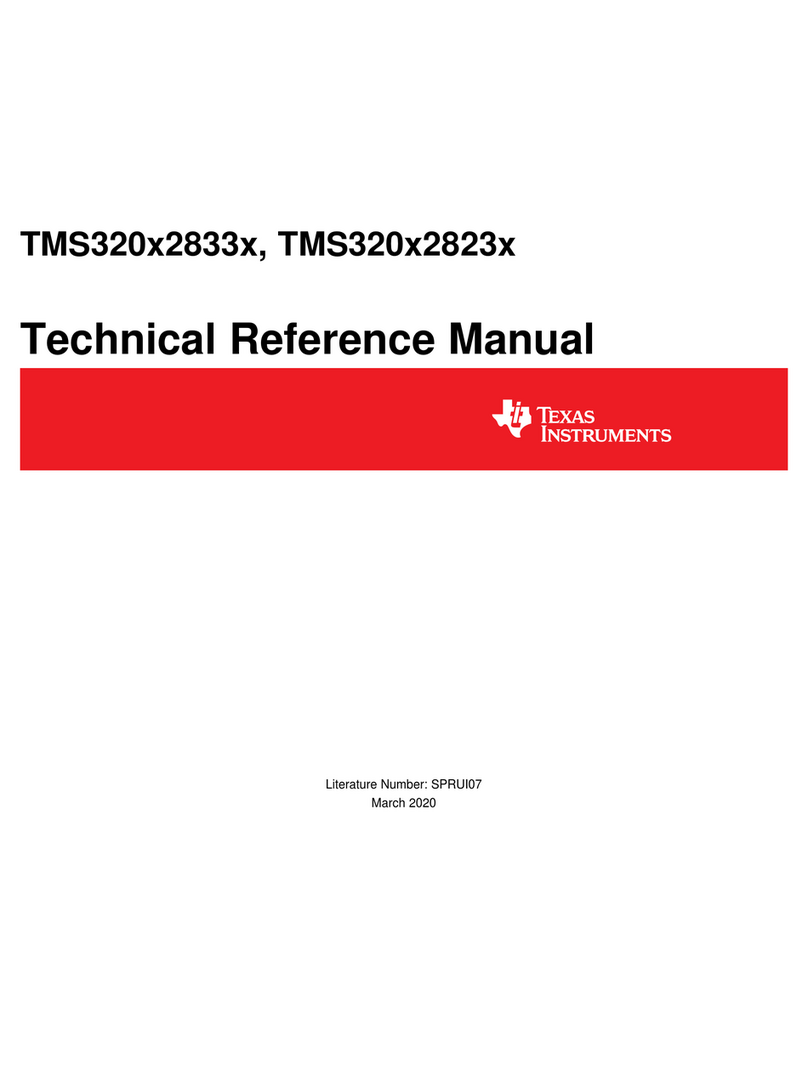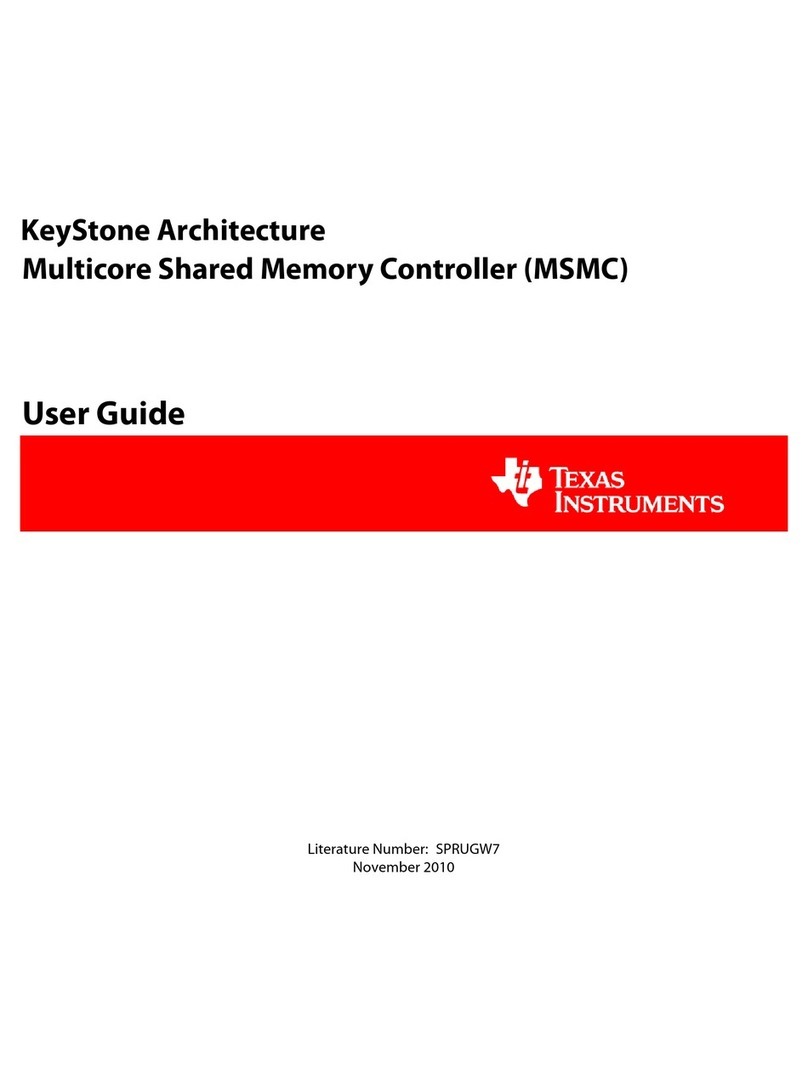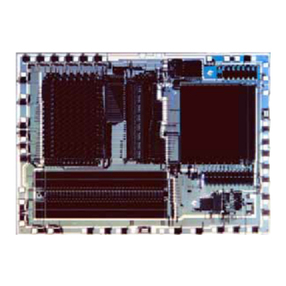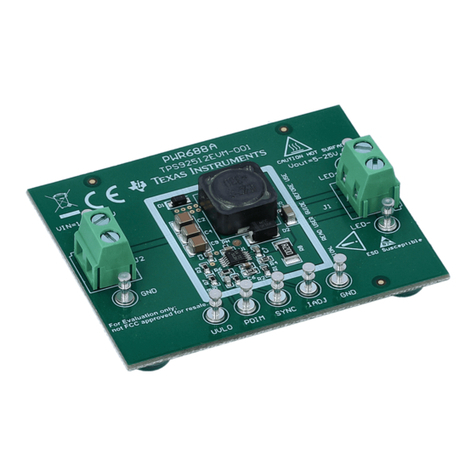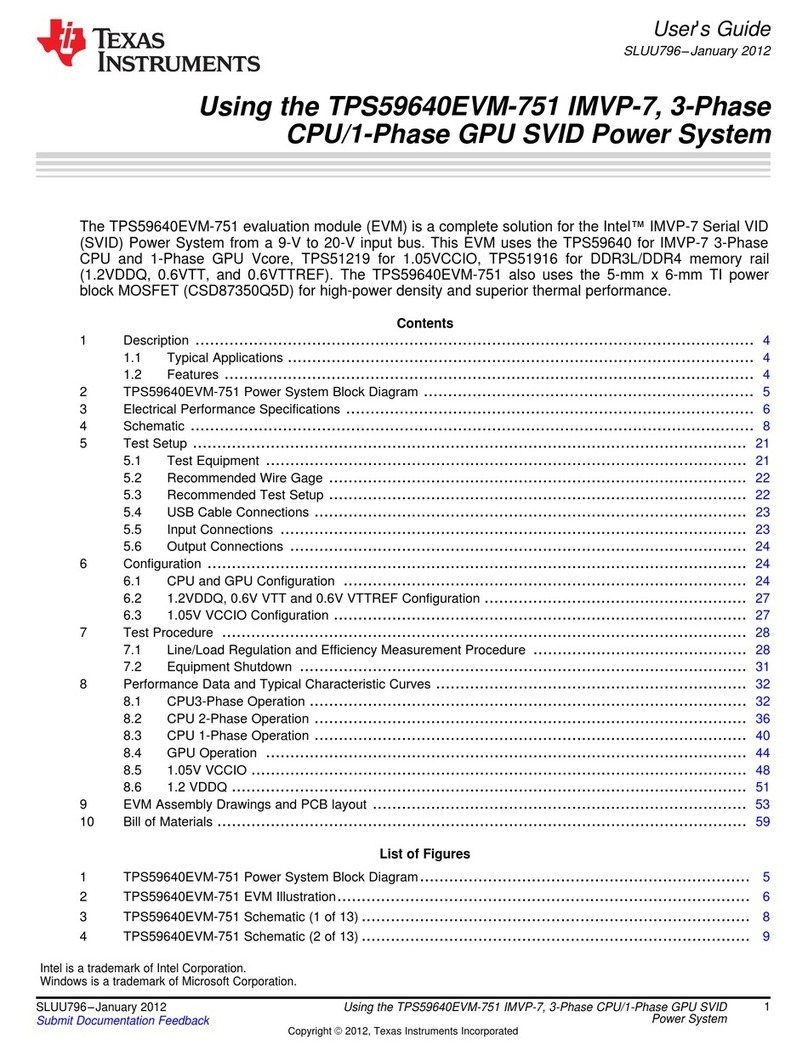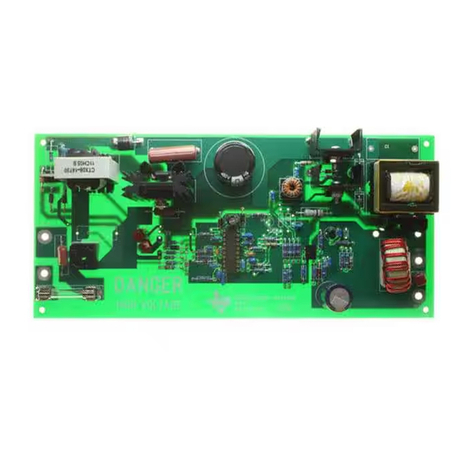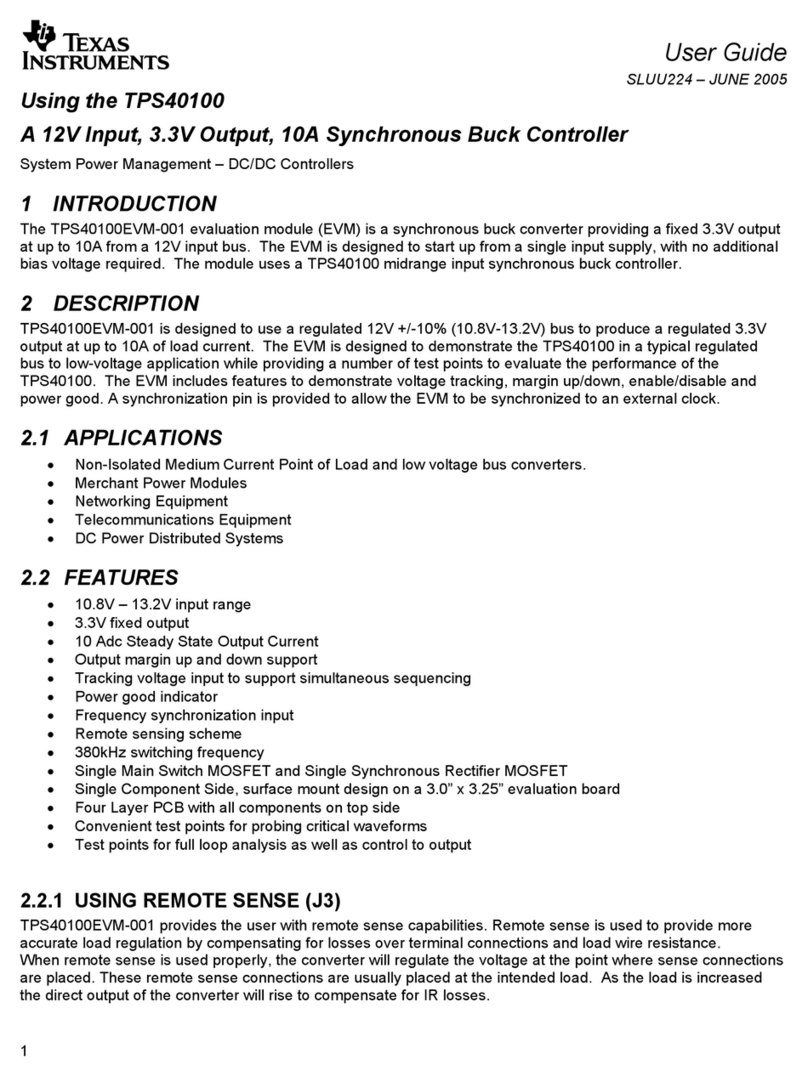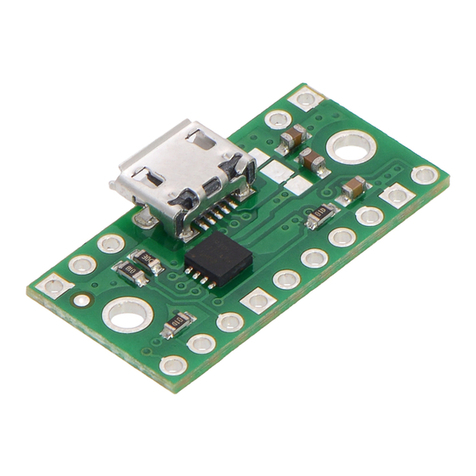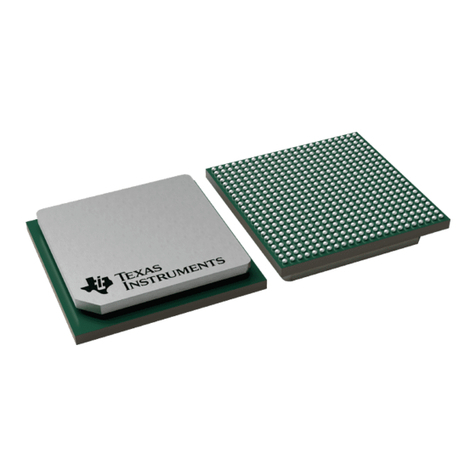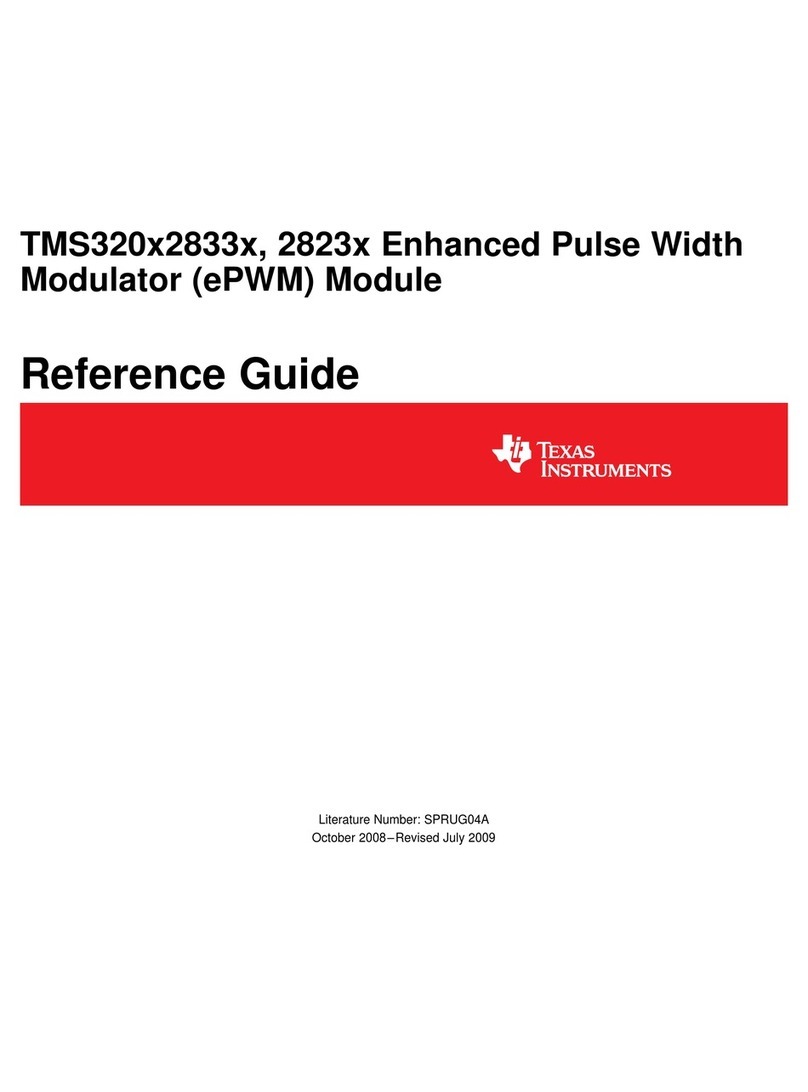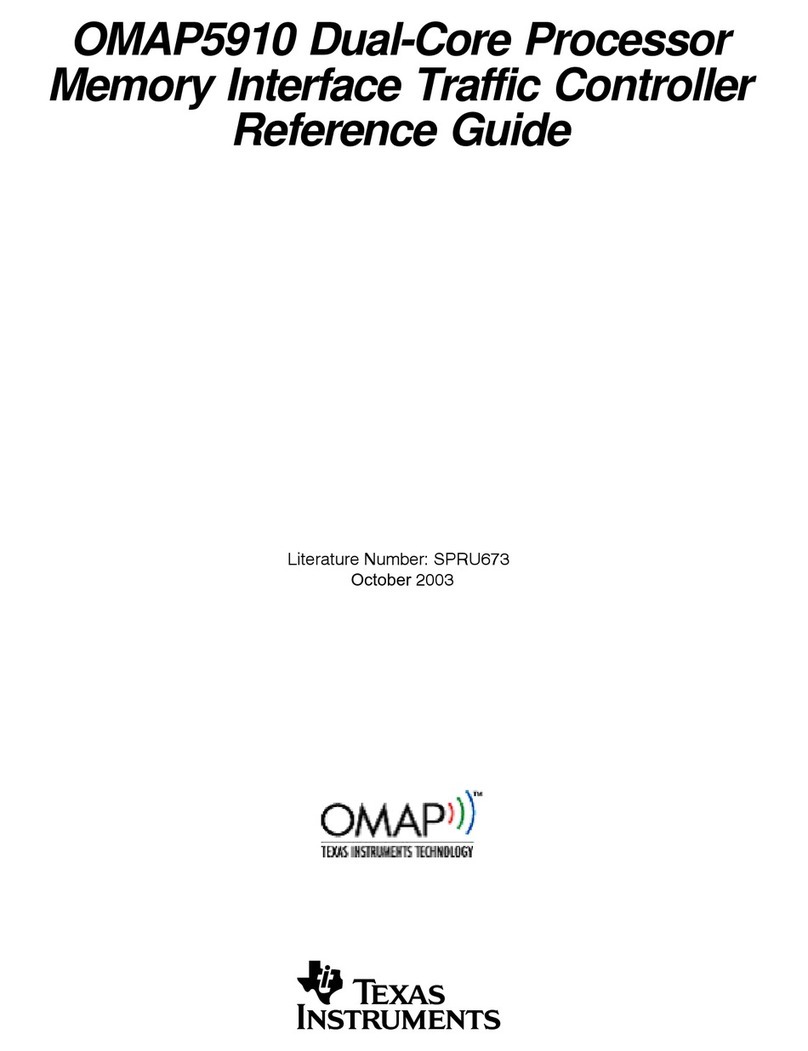
1 Introduction
This guide has three main parts. The first part is the preparation work before debugging. Sometimes the
preparation work can take an hour or more, but good preparation decreases overall debugging time. The second
part of the guide covers the first part of the debug process: narrowing down what is causing the issue. PoE plus
DC/DC designs can be broken up into sections, and this application report guides you through how to check if
one or more of these sections are suspect in the problem. The third part of this guide covers common issues and
common resolutions. For example, if the design has the parallel MOSFET in an active clamp forward that breaks
during shutdown, what are the issues that usually cause that? This list is not exhaustive because there are many
components in PoE designs and they can break in different ways and for different reasons. However, this guide
should aid in the first steps of the debug process for most PoE designs.
Note
This document only covers flybacks and active clamp forward topologies. These are the main
two topologies used in PoE applications because they provide good comprises of size, cost, and
performance for a nominal PoE input voltage range (37 V–57 V) to a typical output voltage range (3.3
V–24 V) while providing isolation.
2 Preparation and Measurement Techniques
Part of the current TI strategy is to provide working reference designs that can be copied. The first
recommendation is to find the closest reference design possible to the design being worked on. Look for the
same IC, the same topology (for example, synchronous flyback), and the same output voltage and power level.
If there is not a close design, contact the PoE applications engineer through E2E for an internal search. Next,
evaluate any parts that are different, whether it be a transformer, a MOSFET, a resistor size, and so forth.
Question why the part is different. List all the reasons how these parts are different (for example, different gate
capacitance, different reverse recovery time, different voltage rating, different package size). These may be the
first clues to why the design is experiencing problems, but the TI reference design is not. Review the PoE PD
Schematic Review Guidelines application report for component variations.
2.1 Important PoE Signals
This section explains some of the important signals in a TI PoE PD design. First are VDD and VSS. These
signals are the input power of the system, after it has been rectified off the input twisted pairs. Next is RTN
(Return), which is the ground of the IC. RTN is also referred to as the primary ground because it is the ground
on the primary side of the transformer. RTN is connected to VSS by an internal pass MOSFET after a successful
PoE handshake is done. So VSS and RTN are not the same thing, VSS is not primary ground, and RTN is
not negative input power. VC (also known as VCC and VC_in) is the input power to the IC. It is commonly
believed that VDD is IC power, but VDD is input power for the whole design. In respect to the power path, VDD
is the positive input power from the power sourcing equipment (PSE), and that power is what is sent through the
transformer to the load. VC is taken from VDD and powers the IC.
Another important signal is VB (Bias Voltage). This is the 5-V regulator output. If the IC has an integrated DC/DC
controller, it has a VB pin. Again following the power, VDD is input power, of which a portion is transformed down
to VC through the auxiliary winding to power the IC, and that voltage gets bucked down to VB to produce a 5-V
rail to power other functions within the IC. There is an important distinction to note here. TI has two device types
for PDs: standalone PDs and PDs with integrated PWM controllers. An example of the first is the TPS2373-4
device. An example of the second is the TPS23730 device. Note that the PD does the PoE portion of operation
– the detection, classification, MPS signal (if the device has Auto-MPS), and so on. Many of these functions are
not dependent on VC or VB because their function comes before power is negotiated (like detection). Then there
is the PWM controller (also known as the DC/DC controller), which is powered by VC and has functions like the
GATE, the dead time, the switching frequency, and so forth. These functions are normally referenced to RTN for
that reason.
So, problems within these designs can occur on either side: PoE or DC/DC. As previously stated, generally it
is the DC/DC, but not always. Another important signal is the secondary side ground. This is also the output
ground. VOUT is the output voltage of the DC/DC converter.
Introduction www.ti.com
2PoE Powered Devices Debug Guidelines SLVAF74 – JULY 2021
Submit Document Feedback
Copyright © 2021 Texas Instruments Incorporated
